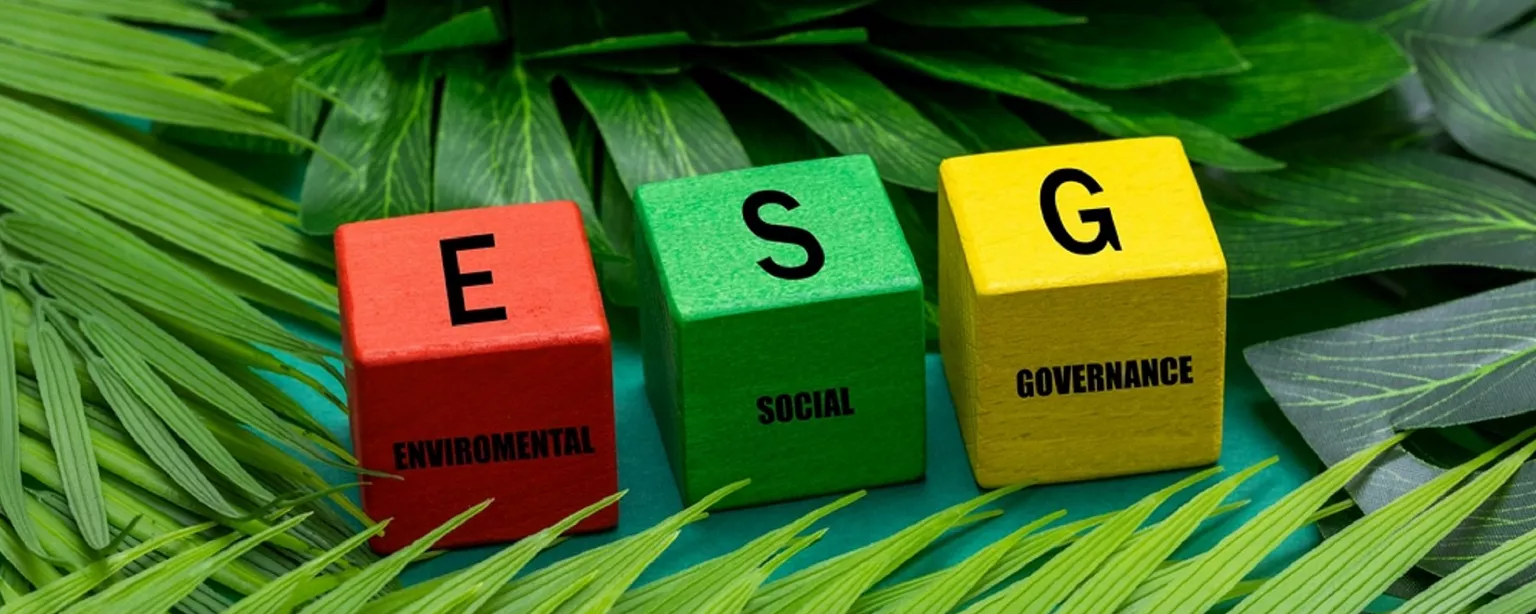ESG is the acronym for environmental, social and governance. It can be described as a framework that helps stakeholders understand how an organization manages risks and opportunities around sustainability and social issues.
Many companies today view ESG as a value-add and a source of competitive advantage for customer acquisition, talent acquisition and retention, and essential to the overall future-proofing of the business.
Business leaders are also learning they can’t sit on the sidelines when their whole business ecosystem is watching their ESG practices, including customers, shareholders, vendors and employees. They need to strive to create innovative products and services that will bring about the world their customers and employees demand.
Reporting on ESG remains challenging
ESG is diversifying and is still nascent in many areas — for example, how to measure outcomes instead of policies and practices. There is very little consensus on some of these emerging issues, and companies may not know how well they are doing against benchmarks.
Companies that have committed to significantly decreasing their carbon footprint or increasing their workforce’s diversity need to show their results. And organizations are under pressure from investors and others to deliver credible outcomes and data to overcome accusations of greenwashing or purpose-washing.
However, sometimes there is a lack of standardized, comparable data in some areas of ESG, and the requests and questions from investors and customers can seem overwhelming. Investors need to know because their customers want to know.
But there is no one-size-fits-all standard for ESG reporting — there are dozens.
What executives should focus on now
- Start with the micro — yourself. Ask, what do I care about? What is my purpose on the planet? Starting there is a good way to prepare for jumping into ESG goals as a business.
- Think bigger. Decide what ESG goals you want to accomplish first — beginning with what is required by regulation and market forces — and then go to what you want to accomplish.
- Lead with outcomes, not reporting. Create KPIs and metrics but do it for accountability. It’s too easy to keep your eye on how to report results rather than focusing on achieving the results themselves.
- Set up the right oversight structure for your ESG programs — at management levels as well as the board level. At every level, you need people who have operational experience with the various aspects of ESG and sustainability that are material to your company, balanced with people who have strategic business responsibilities. ESG’s north star is integration across the whole business.
- Intentionally focus on the voices you are listening to and including in ESG discussions. If it’s always the same voices, nothing will change. Elevate voices across genders, abilities, ethnicities and orientations within your organization as well as to your clients and the communities where you operate.
Seek to understand a wide array of perspectives and backgrounds surrounding the issues in front of you and strive for an inclusive process.







